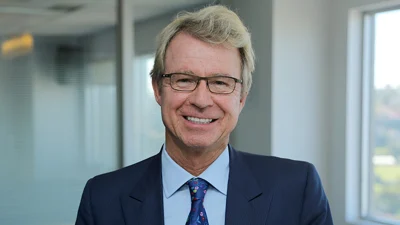IFM proposes new infrastructure finance model to boost investment



Industry superannuation fund owned IFM Investors has proposed a new way to finance infrastructure construction to help “kick-start” the economy.
IFM’s proposed ‘Building Australia Model’ sought to reduce the risk of cost blowouts and delays on major greenfield projects, required long-term ownership and ensured a competitive and transparent tender process.
It also aimed to avoid risks being shifted back to governments which typically led to project delays and cost overruns that hurt taxpayers, and to increase the ability of local medium-sized contractors to compete with large contractors backed by passive investors.
The intended benefits would be major projects broken up into smaller packages, less risk for taxpayers with more active management of projects by the long-term equity partner and more effective risk transfer to the private sector.
David Neal, IFM Investors chief executive, said the Building Australia Model would help create jobs, boost the economy as we recover from COVID-19, and protect and grow the retirement savings of millions of working Australians.
“IFM Investors is ready to invest billions of dollars in job-creating Australian infrastructure projects – we are putting forward this constructive proposal to help us do just that,” Neal said.
“This model is a win for taxpayers and it’s a win for working Australians: it will help grow their superannuation returns, while delivering them the public benefit of better infrastructure now and into the future.”
Recommended for you
Ten Cap has announced it will launch its first active ETF on the ASX later this month, expanding retail access to its flagship Australian equities strategy.
Flows into cash and fixed income ETFs rose by 46 per cent in October with investors particularly demonstrating a preference for Australian credit ETFs as they move away from AT1 bank hybrids.
Having identified Australia as a growth market, J.P. Morgan Asset Management has collaborated with Betashares to offer two multi-asset managed portfolios on its Direct platform, the first funds on the platform from an external manager.
First Sentier has announced it will transition the Stewart Investors investment management responsibilities to its affiliate investment team in light of three senior portfolio manager exits.












